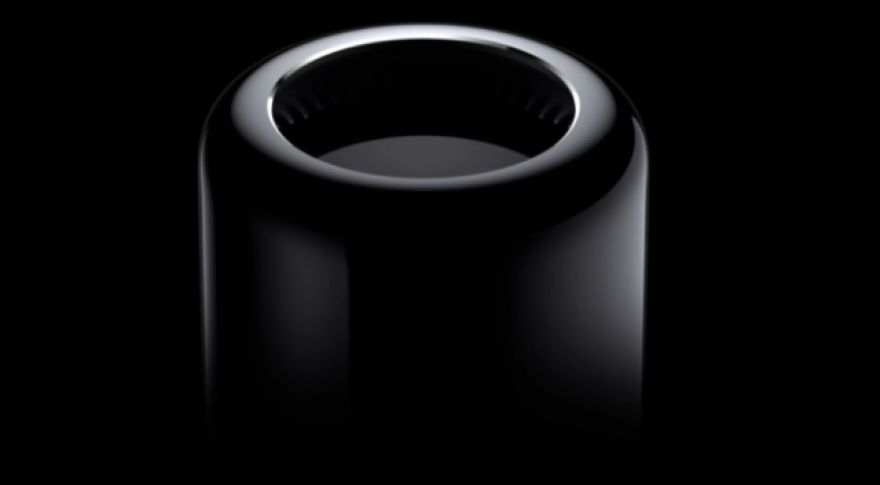
Just over four years ago, Apple unveiled a new Mac Pro that it swore would reinvent the concept of a workstation. The new system was definitely daring — it ditched internal expansion for six Thunderbolt 2 ports and told users with internal hard drives to buy new external chassis and use those instead. It shipped with dual graphics cards as a standard, despite how Apple has never demonstrated aptitude or interest in pushing GPU-centric computing (the company’s operating systems have been stuck supporting ancient versions of OpenGL for years now). Today, the company finally took a small step towards upgrading the current Mac Pro design, but it also acknowledged what we’ve all known for years — the trash can aesthetic of the 2013 Mac Pro makes it a serious pain to work with.

Famed British computer scientist Tim Berners-Lee has been honored repeatedly over the years for his role inventing the World Wide Web as we know it. Now, he’s , widely considered to be the Nobel Prize of computing. Just another feather in the cap of the man who brought us instantaneous worldwide communication, endless access to information, and cat memes. Oh, so many cat memes. Tim Berners-Lee is responsible for developing the technologies that underlie the internet to this day, including naming schemes (URIs), the HTTP communication protocol, and the HTML web page language. These are the tools that allowed the first websites to be created in the early 1990s, making Berners-Lee the “father of the web.
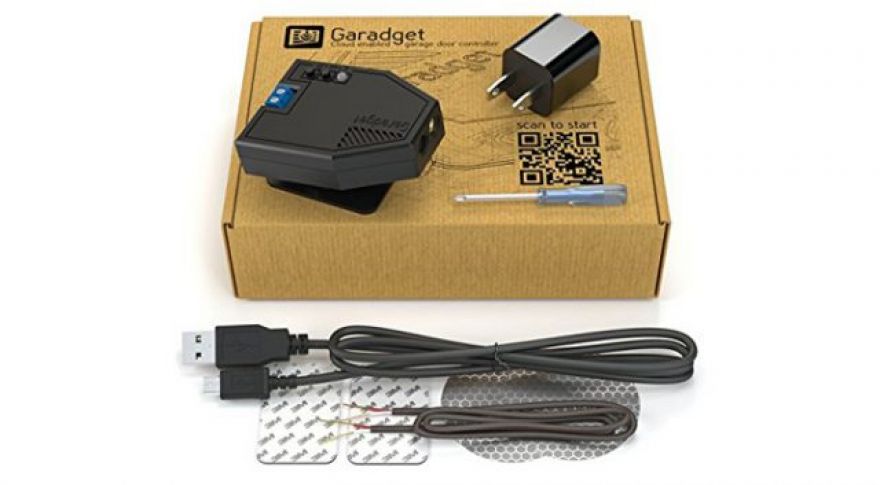
The essential function of a door is to be closed when you want it closed and open when you want it open. Things can get complicated when you start adding internet connectivity to these most basic of objects. Case in point, one man who owns a Garadget smart garage door struck a nerve with his negative Amazon review a few days ago. The creator of Garadget overreacted a teeny bit and . He literally turned his customer’s door into a wall. Garadget was launched earlier this year on Indiegogo, where the startup sought a mere $30,000 to bring the device to market.
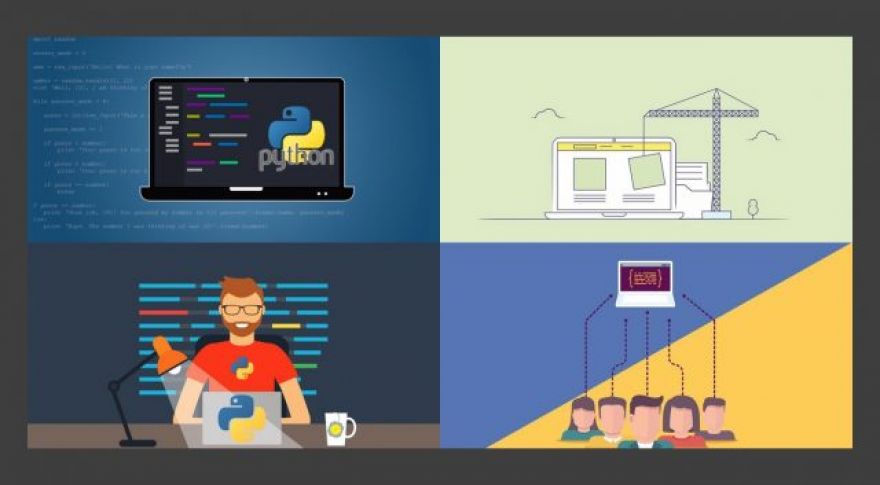
Want to learn the basics of programming? What about learning how to efficiently scrape data, seeing the ins and outs of scientific computing, or making powerful websites from scratch? With today’s python bundle from StackSocial, you’ll get to learn all of that for one low price — more than $750 in savings. • (List price: $810) With your purchase, you’ll get these nine online courses: • Learn python 3 from beginner to advanced (a $195 value) • The ultimate beginner’s guide to django (a 200 value) • Python for programmers (a $90 value)
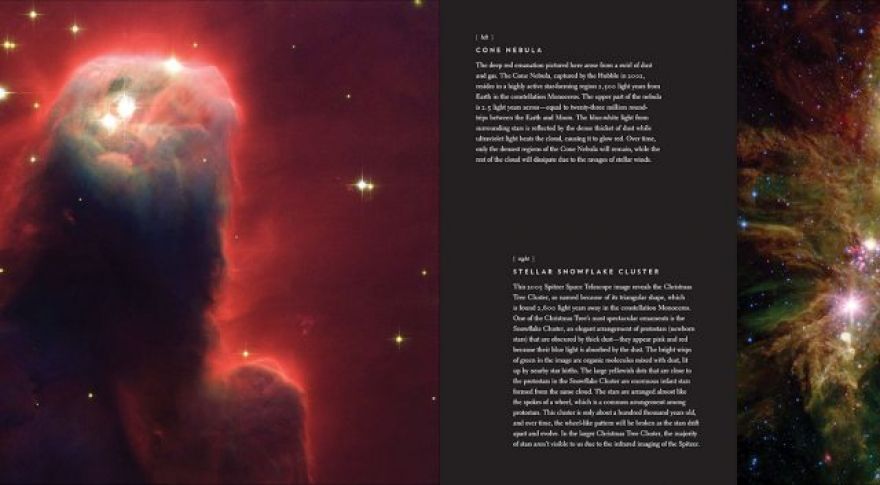
Space might be the final frontier, but the second to final frontier is my nearly endless list of books to read. Whether you’re interested in astronomy, cosmology, spacetime, or space travel, these books are waiting to blow your mind. Non-fiction draws readers through Carl Sagan’s take on the history of space travel and where it’s headed. Sagan taught astronomy and cosmology at Cornell, back in the day, and he had a unique , which is itself worth a look. , by Neil deGrasse Tyson, explores in his own inimitable style a variety of topics on cosmology and space, from what it might be like to be inside a black hole to why we see the sun as the color we do.
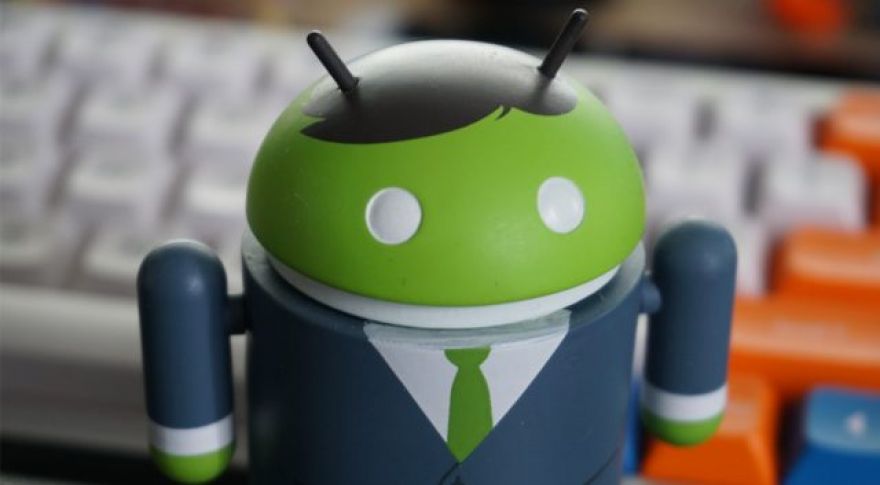
It was just a few weeks ago when web analytics firm StatCounter Android would overtake Windows as the most popular operating system online. Well, it didn’t take long. The latest numbers from . After less than nine years, Google’s open source operating system is bigger than Windows. The numbers from last month placed Windows at 38.6% of web traffic, while Android was just behind it at 37.4%. The two might go up or down a little each month, but the overall trend was up for Android and down for Windows. That’s what happened in the last few weeks, apparently.
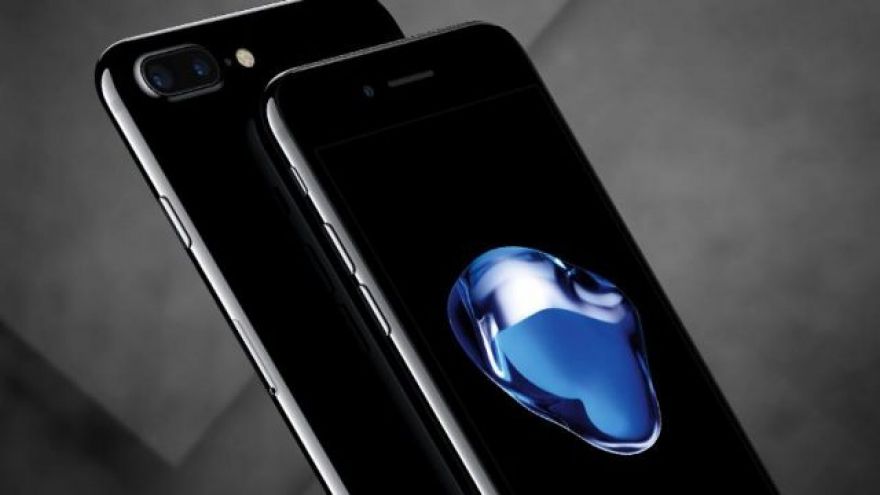
Ever since Apple launched the original iPhone, it’s worked closely with . Even after Apple began building its own GPU architecture, it relied on Imagination for other building blocks of its total solution. Apple, however, appears to be bringing that relationship to an end, and Imagination Technologies’ stock has cratered as a result. Think less and more Tunguska. On Friday, Imagination Technologies was trading at 268.75 pence sterling. As of this writing, it’s trading at ~102 pence sterling. That’s a cataclysmic drop for the company, and it’s driven by a letter IT posted earlier today. :

Samsung is indisputably the most successful maker of devices, even with the trouble last year with the Note 7 battery fires. Android is doing fine right now — , actually. If that ever changes, Samsung is hedging its bets. Samsung has long had an in-house mobile platform called Tizen as a backup plan if Android ever becomes a problem. However, a new report claims that Samsung’s Tizen OS is riddled with serious security flaws. The open source Tizen is used mostly on Samsung’s smart TVs, but it’s also running on all the Gear S smartwatches and more smartphones than you’d expect.
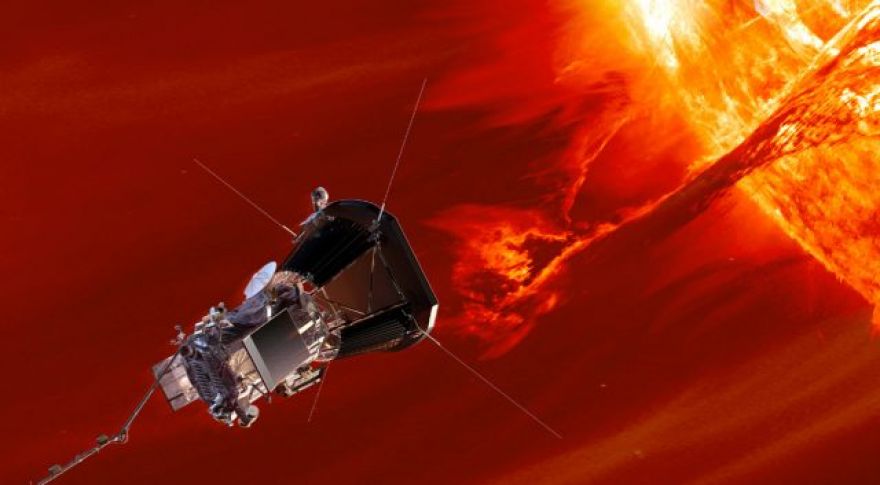
The sun is a giant nuclear fireball that, as a rule, melts anything that comes close. Yet, there’s a plan to send a spacecraft into the sun’s upper atmosphere to get a closer look at it and gather data on coronal mass ejections (CME). The spacecraft is called Solar Probe Plus (SPP), and it’s by the Johns Hopkins University Applied Physics Laboratory. If all goes as planned, it’ll launch in 2018. A coronal mass ejection is often associated with solar flares, but the two phenomena are distinct. A solar flare is simply an increase in brightness on the sun that is often accompanied by a prominence — a giant loop of plasma that leaps off the surface, but eventually settles back down.









